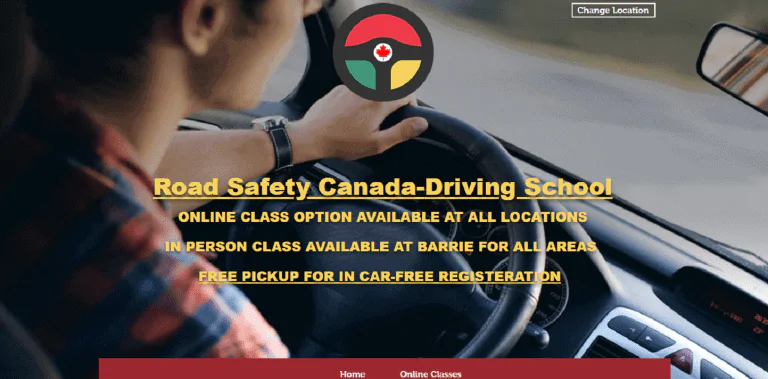Introduction
Driving is not just a mode of transportation; it’s a sense of independence and freedom. If you’re planning to drive in Canada, you’ll need to understand the process of obtaining a Canada driver’s license and familiarize yourself with the driving rules.
This comprehensive guide will walk you through the steps, rules, and regulations of driving in Canada.
International Driving Permit (IDP)
To drive beyond the temporary use period, you’ll need to obtain an International Driving Permit (IDP) from your home country. This permit, will allow you to continue driving in Canada. Remember that the IDP is not a standalone document and must be carried alongside your original license.
Canadian Driving License Process

If you’re planning to stay in Canada for an extended period, it’s advisable to obtain a Canadian driver’s license. The process varies slightly depending on the province you’re in, but the general steps remain the same.
Step 1: Eligibility
To be eligible for a Canadian driving license, you usually need to be a legal resident of the province and meet the minimum age requirement, which is typically 18 or 19 years.
Step 2: Knowledge Test
The first step in obtaining a Canadian license is to pass a knowledge test. This test assesses your understanding of road signs, rules, and driving practices. Study the official driver’s handbook provided by the province to prepare for the test.
Step 3: Learner’s Permit
Once you pass the knowledge test, you’ll receive a learner’s permit. This permit allows you to practice driving under certain conditions, such as being accompanied by a fully licensed driver.
Step 4: Driving Practice
During the learner’s permit phase, practice your driving skills under various conditions and weather. Most provinces require a minimum number of practice hours before you can proceed to the next step.
Step 5: Road Test
The road test evaluates your practical driving skills. Be sure to practice parallel parking, lane changes, and other essential maneuvers. Passing the road test means you’re one step closer to obtaining a full Canadian driver’s license.
Step 6: Full License
After passing the road test and meeting all the requirements, you’ll be issued a full Canadian driver’s license. Congratulations, you’re now ready to explore the beautiful Canadian roads!
Canada Driving Rules and Regulations
Driving in Canada comes with its own set of rules and regulations that you must adhere to. These rules ensure the safety of all road users and contribute to a smooth traffic flow.
Speed Limits
Speed limits in Canada are indicated in kilometers per hour (km/h). They vary based on the type of road and location. For example, residential areas usually have a speed limit of 30-50 km/h, while highways may have limits ranging from 80 to 110 km/h.
Seat Belts
Wearing seat belts is mandatory for all passengers in the vehicle. It’s the responsibility of the driver to ensure that everyone is properly buckled up.
Distracted Driving
Using a handheld device while driving is prohibited in most provinces. This includes texting, talking on the phone, and other activities that divert your attention from the road.
Driving Under the Influence
Driving under the influence of alcohol or drugs is a serious offense in Canada. The legal blood alcohol concentration (BAC) limit for fully licensed drivers is usually 0.08%.
FAQs About Canada Driver’s License
What’s the minimum age to apply for a Canadian driving license?
The minimum age requirement varies by province, but it’s generally 18 or 19 years.
Do I need to take a knowledge test to get a Canadian license?
Yes, passing a knowledge test is a mandatory step in the process of obtaining a Canadian driver’s license.
How do speed limits work in Canada?
Speed limits are indicated in kilometers per hour (km/h) and vary based on the type of road and location.
Are seat belts mandatory in Canada?
Yes, wearing seat belts is mandatory for all passengers in the vehicle.
What is the legal alcohol limit for drivers in Canada?
The legal blood alcohol concentration (BAC) limit for fully licensed drivers is generally 0.08%.
Conclusion
Acquiring a Canada driver’s license is an important step for anyone planning to drive in the country. whether you are pursuing a Canadian license, understanding the rules and regulations is crucial for a safe and enjoyable driving experience. Remember to always prioritize safety and responsible driving while exploring the scenic landscapes of Canada.




